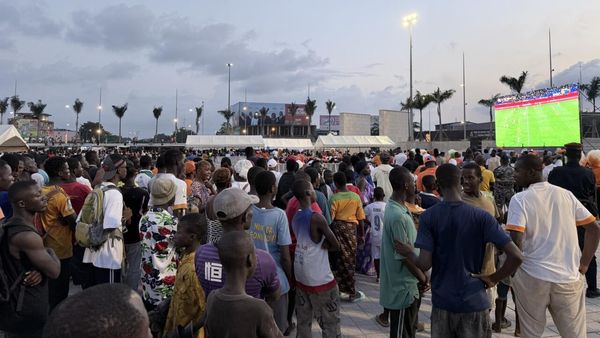
‘Matthew Bourne’s Swan Lake.” Think about how that sounds. Only a handful of film directors have been distinctive and famous enough to become “the name above the title”, and here is Bourne, surely the only choreographer-director whose name naturally precedes the title not only of most of his works, but of the world’s best-known ballet. Premiered in 1995, this Swan Lake is now back for a 30th anniversary tour.
Bourne’s signature style is much in evidence. He taps some time-honoured and very British theatre traditions – character-driven drama, touches of pantomime or music hall, stories that understand the social corsetry of class and the perennial appeal of costume drama and the monarchy. His Swan Lake centres on the intimate yet dysfunctional relationship between an emotionally cauterised Prince (Stephen Murray, affectingly conflicted) and his imperious mother, the Queen (Ashley Shaw, regally assured), within a milieu of public ceremony, civic duty and constant keeping up of appearances.
Bourne is a sharp but humane observer – the Prince’s girlfriend (Katrina Lyndon, relishing her role) might start out as a social-climbing soubrette, but gains in depth and sympathy – and his humour is often affectionate, as with his lampooning of a middlebrow ballet performance, or his corgi dog sight gags.
What transfigures this Swan Lake, though, is something more mythic and primal, tapping a dance, not a theatre tradition. Echoing the 19th-century ballet, Bourne confronts his Prince with a doubled figure: white swan/black swan, one a vision of flight and transcendence, the other of carnal appetites, both played with terrific attack by Harrison Dowzell. Bourne’s white swans are famously all men, shaggy-thighed but bare-chested (and not a hair in sight upon them), and it’s wildness rather than grace that intoxicates the Prince with dreams of freedom and ferocity. But when it comes to flesh – Dowzell in black swan mode as The Stranger, a leather-trousered object of desire – the Prince loses out, finally, to his own mother (psychoanalyse that).
Bourne’s choreography shines more often in solos and duets than in the groupwork, and since he has to fit his drama into an existing score, you can sometimes feel the directorial stretch and stitching. But it’s the big picture and dramatic detail that count here, conjuring fantasies of freedom, love, desire and death that at some level haunt us all.
• At Sadler’s Wells, London, until 26 January, then touring.







